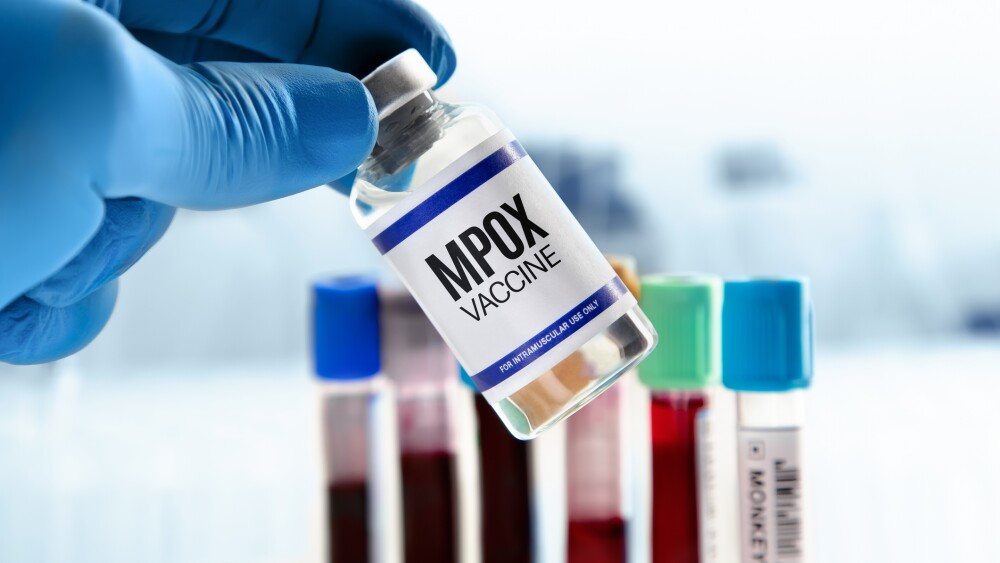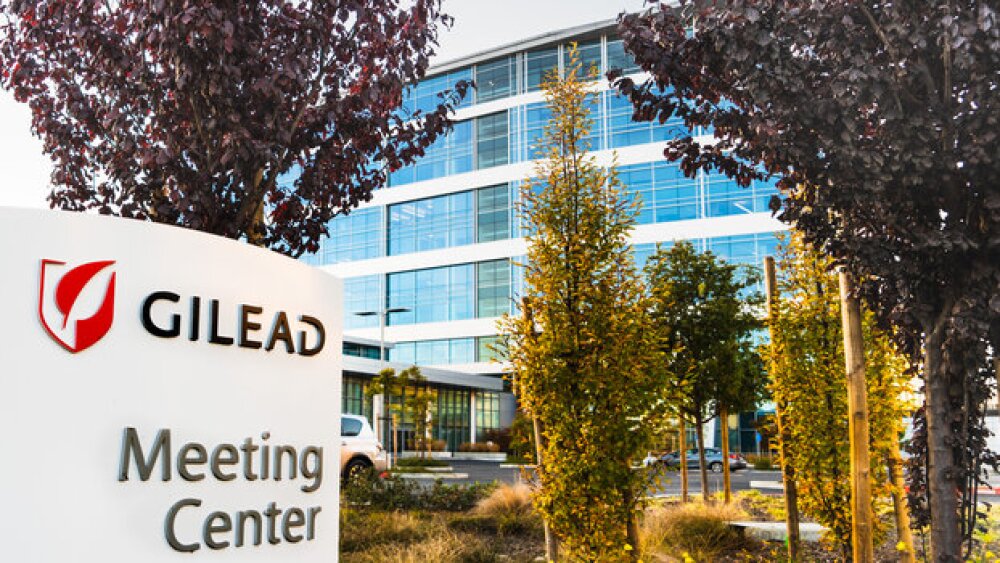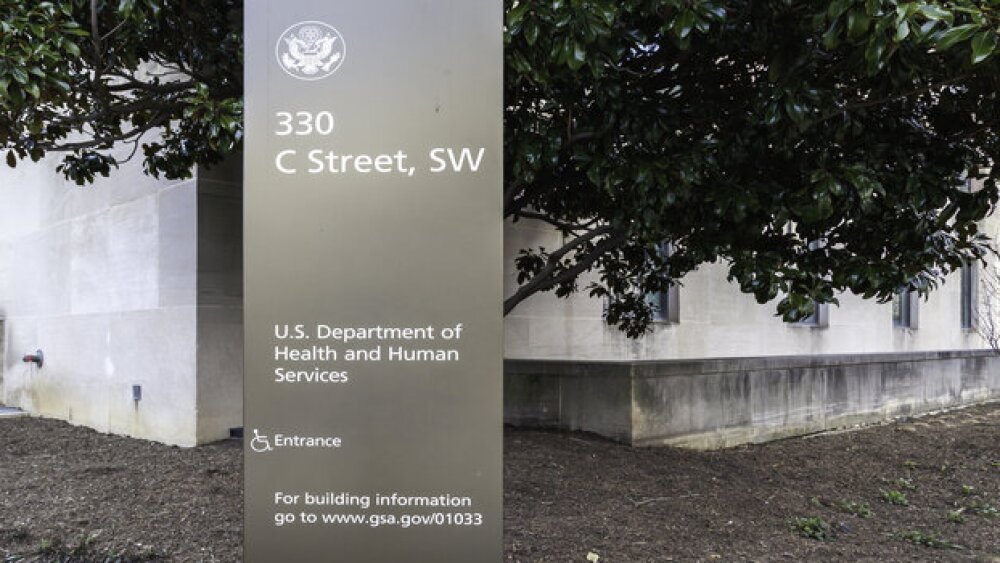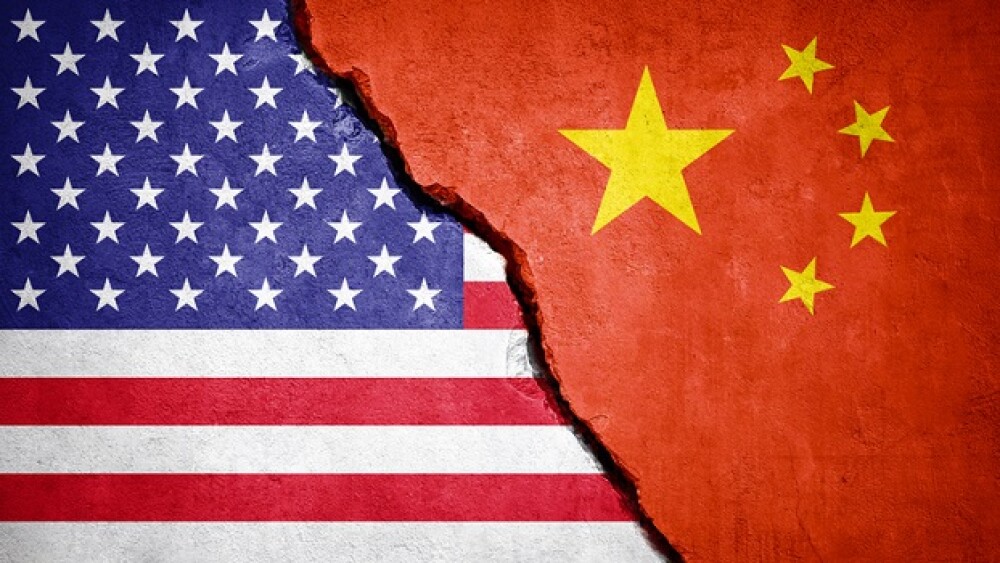The FDA on Thursday approved the label expansion of AstraZeneca’s Fasenra as an add-on maintenance treatment for severe eosinophilic asthma in patients six to 11 years of age.
The FDA on Thursday greenlit the label expansion of AstraZeneca’s subcutaneous IL-5 receptor blocker Fasnera (benralizumab), which can now be used as an add-on maintenance treatment for severe eosinophilic asthma in children six to 11 years of age.
The approval will expand treatment options “for children whose quality of life has been drastically impacted by severe eosinophilic asthma,” Liz Bodin, vice president of AstraZeneca’s respiratory and immunology unit in the U.S., said in a statement.
Fasenra is a humanized monoclonal antibody designed to bind to the alpha subunit of the human IL-5 receptor, which is typically expressed on the surface of eosinophils and basophils. According to Fasenra’s label, this binding interaction triggers cell death in these immune players while suppressing inflammation, a central pathological pathway in asthma.
Fasenra first won the FDA’s approval in November 2017 for use in patients aged 12 years and older, backed by strong Phase III trials that showed steep reductions in the annual asthma exacerbation rate versus placebo, as well as significant improvements in lung function.
Thursday’s label expansion is supported by data from the Phase III TATE trial, an open-label, multinational, non-randomized and parallel-assignment study, which showed that Fasenra’s pharmacokinetic and pharmacodynamic profiles in patients aged six to 12 years were consistent with what had been demonstrated in previous studies.
TATE also found Fasenra to be safe in this younger patient population, with an adverse event profile similar to that found in prior trials.
The label expansion could position Fasenra as a stronger competitor in the crowded biologics market in the asthma space. Last year, Fasenra brought in more than $1.55 billion for AstraZeneca, representing 12% growth at constant currencies compared to 2022.
Regeneron and Sanofi’s Dupixent (dupilumab) is the most dominant product in the space, bringing in nearly $11.6 billion in 2023, though this was also driven by sales in its other indications such as atopic dermatitis and eosinophilic esophagitis.
Roche’s Xolair (omalizumab) is also a formidable competitor in asthma, hitting around $2.34 billion in sales in 2023. Meanwhile, GSK’s biologic asthma asset is Nucala (mepolizumab), which last year brought in $1.655 billion in revenue.
Tristan Manalac is an independent science writer based in Metro Manila, Philippines. Reach out to him on LinkedIn or email him at tristan@tristanmanalac.com or tristan.manalac@biospace.com.






